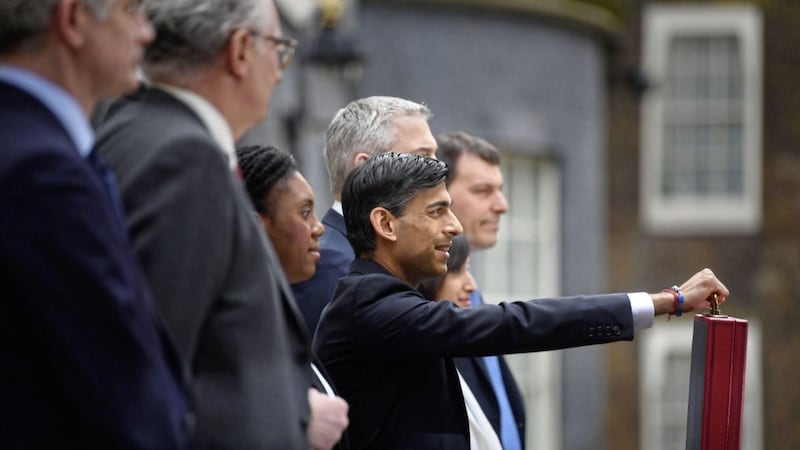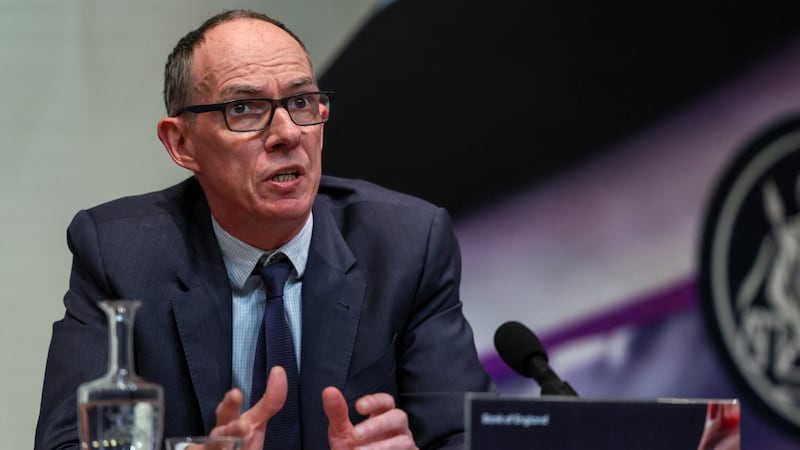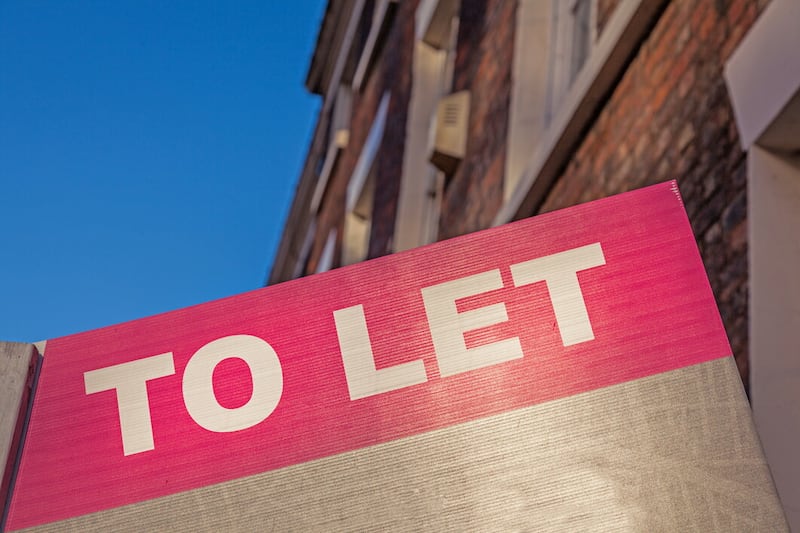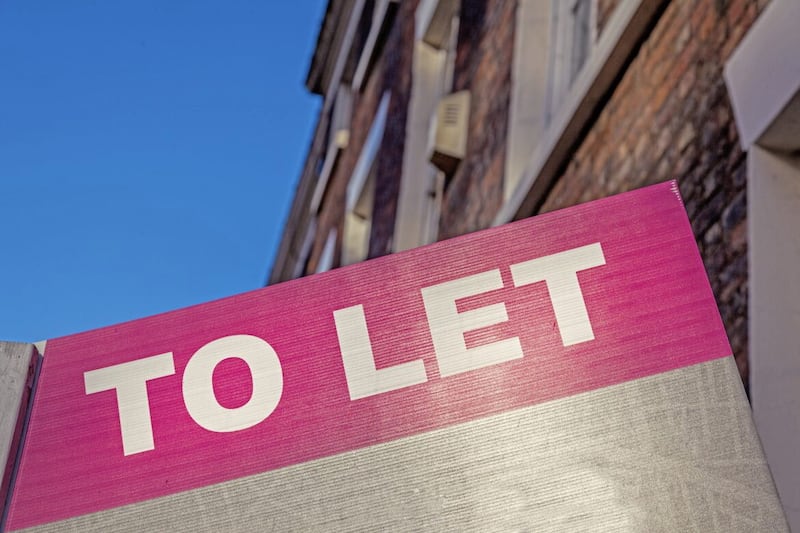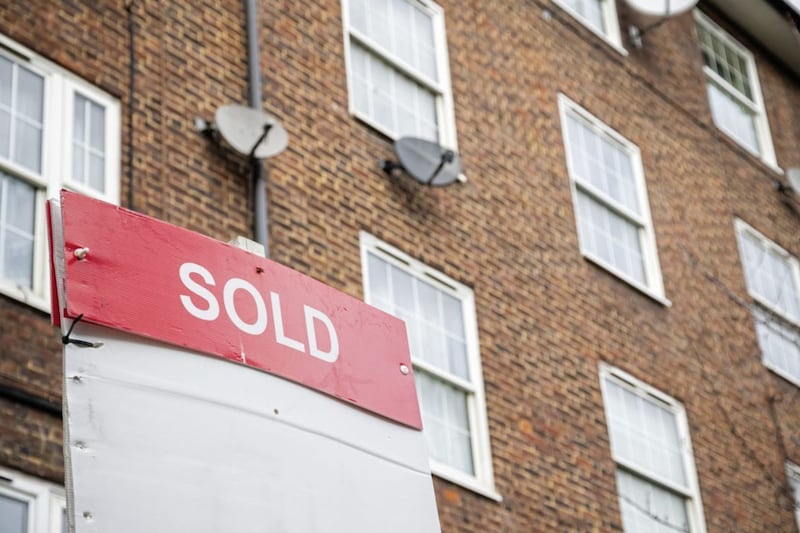THE global and UK economies are in fragile times. A softening economic climate, falling stock prices, oil price collapse, ongoing Brexit negotiations and the most recent outbreak of Covid-19 has made a precarious global backdrop increasingly difficult. Locally, the recent collapse of FlyBe presents new challenges for ensuring regional connectivity.
Amid these challenges outlined, the new Chancellor of the Exchequer, Rishi Sunak, released the economic outlook and government spending plans for the UK.
The Chancellor’s opening speech rightly acknowledged the most pressing healthcare challenges and the likely ‘temporary disruption’ to the economy. He committed to a £30bn plan to deal with the coronavirus and hinted at additional funding for the NHS if necessary – a ‘whatever it takes’ approach. The government further committed to covering the cost of employee’s sick pay for up to two weeks in businesses with fewer than 250 employees. Whilst welcome, it’s worth noting that statutory sick pay is approximately 20% of average wages in the UK compared to closer to 70% in other European economies.
From a property perspective, the government will introduce a two per cent stamp duty tax surcharge on non-UK residents buying residential property in England and Northern Ireland from next year. This policy is largely aimed at controlling house price inflation, notably in the most expensive areas in Southern England. Any money raised from the surcharge has been committed to address rough sleeping.
Following a growing recognition of the need for investment in infrastructure, the Chancellor announced a £640bn boost for capital spending on roads, rail, broadband, housing and research over the next five years. This will provide a £210mn boost to the Northern Ireland Executive block grant in 2020-21 in addition to further funding allocations for remaining City and Growth deals.
The economic growth forecasts were produced with the sizeable caveat of development before the Coronavirus outbreak and should be viewed with due caution, particularly in the short term. The government state they can be treated as ‘informative’ for the medium term. Nevertheless, modest growth of 1.1% is forecast this year and is set to average 1.5% by 2024, significantly below long-term average rates.
Leaving the Budget aside, radical intervention from the Bank of England saw interest rates cut from 0.75% to 0.25%, the lowest level on record in the Bank’s 325-year history.
Lower interest rates are used by central Banks to encourage borrowing at lower rates to stimulate economic growth. Prior to the 2008 financial crash, interest rates were over 5% before falling to 0.25%. This also has the effect of lowering mortgage costs and may reduce the mortgage bill for a minority of homeowners who aren’t on fixed rates. Other homeowners will have to wait and see how their loan provider reacts given how competitive mortgage rates currently are. For savers and businesses with larger reserves there is likely to be little change given low returns in recent years.
This may be a temporary measure to support the economy and protect businesses and in turn the employment of people. Previous guidance from the Bank of England stated their objective to gradually increase interest rates over the next three years. This too assumes a recovery in global growth and a ‘smooth Brexit’.
As economic developments go, recent events are significantly driving change across the world. The next few months are likely to see continued turbulence as the downside risks mount.
